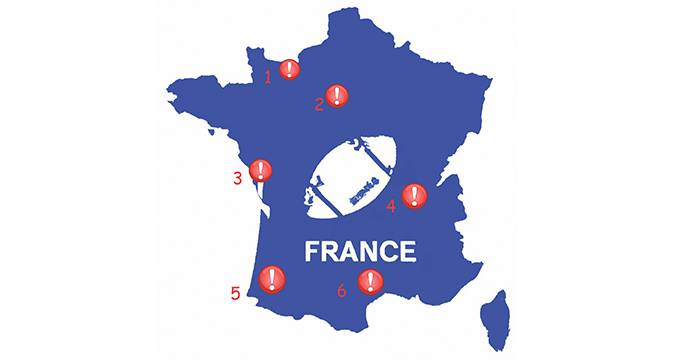 Rugby League has different challenges ahead of it in France depending on the area it is played.
“COMPARISON is not reason!” as the French proverb says.
Yet, sometimes comparisons are a good way to explain complicated situations.
And if you’re interested in French Rugby League, you already know that making rugby league famous in Franc
Rugby League has different challenges ahead of it in France depending on the area it is played.
“COMPARISON is not reason!” as the French proverb says.
Yet, sometimes comparisons are a good way to explain complicated situations.
And if you’re interested in French Rugby League, you already know that making rugby league famous in Franc Treiziste Diary: The areas of France where rugby league can grow
 Rugby League has different challenges ahead of it in France depending on the area it is played.
“COMPARISON is not reason!” as the French proverb says.
Yet, sometimes comparisons are a good way to explain complicated situations.
And if you’re interested in French Rugby League, you already know that making rugby league famous in Franc
Rugby League has different challenges ahead of it in France depending on the area it is played.
“COMPARISON is not reason!” as the French proverb says.
Yet, sometimes comparisons are a good way to explain complicated situations.
And if you’re interested in French Rugby League, you already know that making rugby league famous in Franc 